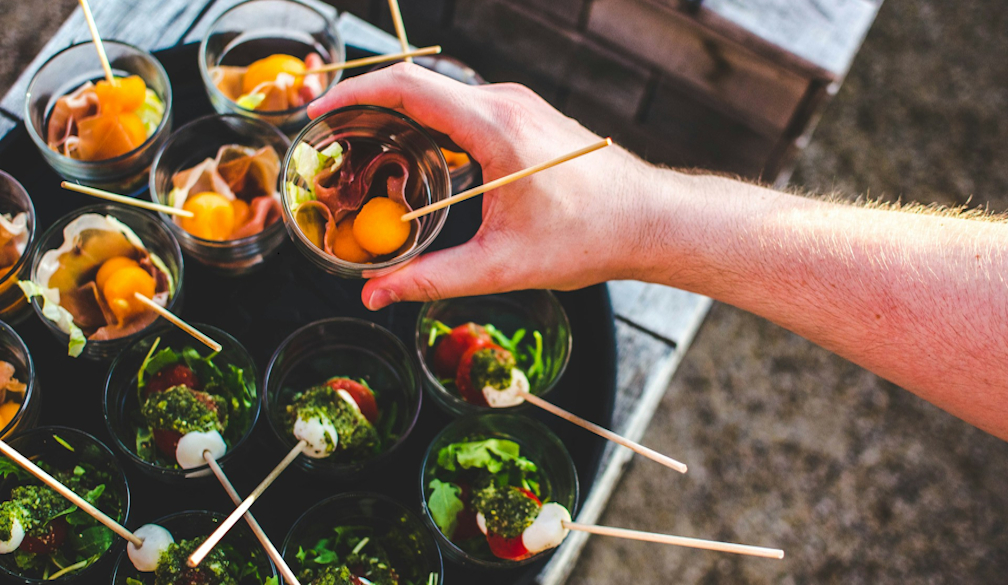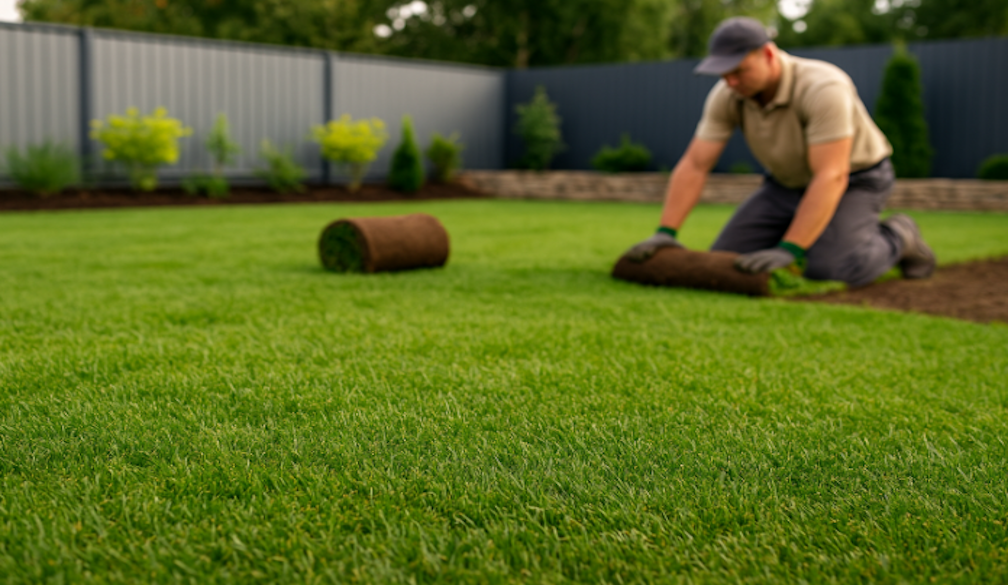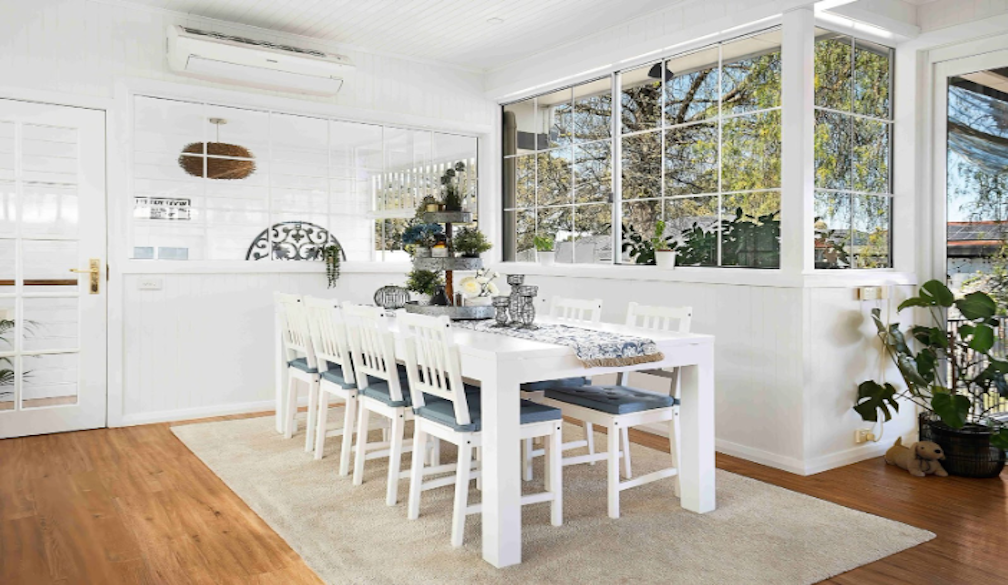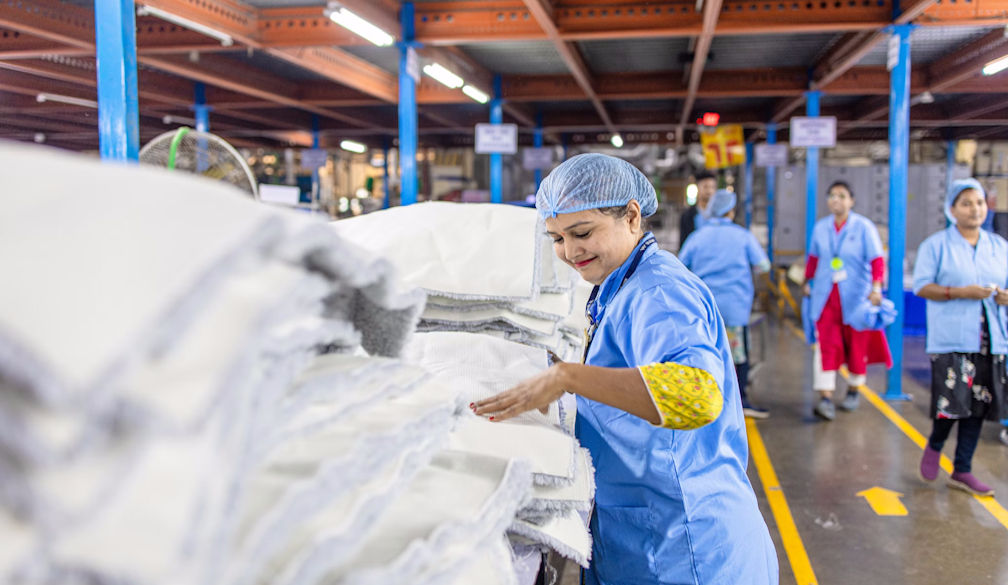Is your 'experience diet' making you unwell?
- Written by Jenny Donovan, Urban Designer and Sessional Lecturer, La Trobe University
Just as our food diet affects our physical and emotional health, so does our “experience diet”. This is the day-to-day mix of the things we do, see, hear and feel. And, just like our food diet, the quantity, quality and balance of those experiences need to be right.
This is because meeting our needs depends on experiencing a wide range of opportunities and qualities. Although not a comprehensive list, these include things like getting enough exercise, food and water, connecting with others, belonging, and experiencing beauty and nature.
Read more: This is what our cities need to do to be truly liveable for all
Unfortunately, many of us have lifestyles that make it difficult or even impossible to meet all these needs. This diminishes our lives and leaves us isolated and unwell. This happens for several reasons, among which is the range of experiences our surroundings invite us to enjoy, endure or miss out on.
What’s on your experience menu?
You might call this our experience menu. If it’s not on the menu it doesn’t get to be in our diet.
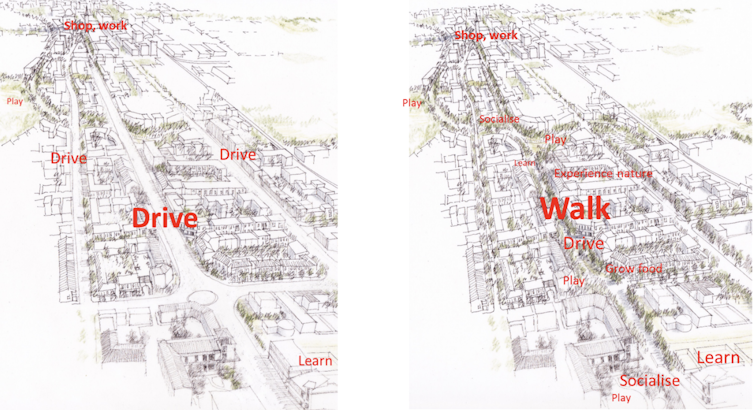 Contrasting experience menus offered in two similar towns.
Jenny Donovan, Author provided
Contrasting experience menus offered in two similar towns.
Jenny Donovan, Author provided
If your community’s experience menu lacks things that are good for you and offers many things that are bad for you, good health becomes harder to maintain. The truth is we are not always good at identifying our needs and are easily swayed by our wants. An example is choosing to drive rather than walk, even for short trips.
To add to the problem, something that needs fulfilling might be on the menu but be so poorly presented as to be quite unappealing. In places like this it is possible to walk, cycle, connect with others, set and meet self-determined challenges or do any of the other things you need to do to meet your needs. However, it is less likely. And, if you do choose these options, these good experiences are likely to come at a cost, exposing people to fear, boredom, or other unpleasant emotions.
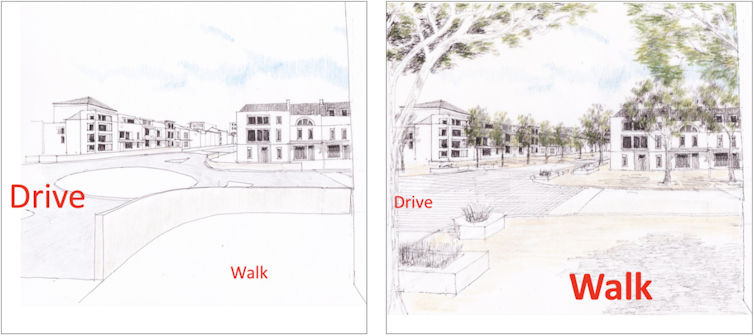 A poorly presented walking experience (left) is less likely to be chosen from the menu of urban opportunities compared to a well-presented walking experience (right).
Jenny Donovan, Author provided
A poorly presented walking experience (left) is less likely to be chosen from the menu of urban opportunities compared to a well-presented walking experience (right).
Jenny Donovan, Author provided
Many of us have an inadequate experience diet, with too much emphasis on the unhealthy “experience groups” – isolating, sedentary, stressful experiences. This is the equivalent of a diet high in fat, salt and sugar, and low in green leafy vegetables. And it has the same outcomes: obesity, greater vulnerability to a range of non-communicable diseases, and general ill health. You might say such built environments are all fast food and no salad.
The good news is that, in cities that are forever renewing themselves, we can change this. We can use good design to put the full range of health-supporting behaviours on the experience menu. This means making needs-fulfilling behaviours not just possible but preferable, so a healthy experience diet offering variety, the right quantity and quality, and including a little bit of what you like becomes the easy (or easier, at least) choice.
So how can we do this?
As explored in my recent book, Designing the Compassionate City, we can help people improve their experience diet by thinking about the rewards a place offers them for being there and using the place in particular ways. Their motivation to do things that meet needs comes from the pull of the place as well as the push of their desire to meet that need. By framing opportunities with qualities that welcome and inspire people (and incidentally meet other needs), we can tip the “balance of influences” on the decisions people make.
Read more: Designing the compassionate city to overcome built-in biases and help us live better
Another essential design influence is to ensure a particular use or activity doesn’t appropriate the benefits of a place and limit the enjoyment of that place for others. Perhaps the most significant challenge this raises is designing our streets so they are not dominated by cars, where possible.
As the Danish architect and urban designer Jan Gehl says, “there is so much more to walking than walking!” Apart from keeping us physically healthy, it stimulates our minds and integrates us better into our surroundings.
Thus, we need to privilege walking and cycling, still allowing cars as an essential ingredient but not so they taint their surroundings. This can help make places “experience-nutritious” by offering a range of experiences. This involves designing to meet multiple needs in each place or intervention.
 A woonerf is at once a play space, a meeting place, offers opportunities to express oneself and experience nature as a place of reassurance and belonging, as well as a movement corridor.
Jenny Donovan, Author provided
A woonerf is at once a play space, a meeting place, offers opportunities to express oneself and experience nature as a place of reassurance and belonging, as well as a movement corridor.
Jenny Donovan, Author provided
Finally, we need to make places “sticky” so people hang around long enough to be there when other people pass through. It is not enough to have many people experience a place if they are unaware of the other people who share it, and the fascination, delight and stimulation that can be gained from sharing a place. This means, among other things, creating “adornable places” that have an intrinsic value that is also amplified when people engage in it.
 Warin the wombat: artwork to some, plaything to others. Adorned by children it adds to vitality and interest and provides a minor landmark.
Belinda Strickland, Author provided
Warin the wombat: artwork to some, plaything to others. Adorned by children it adds to vitality and interest and provides a minor landmark.
Belinda Strickland, Author provided
Authors: Jenny Donovan, Urban Designer and Sessional Lecturer, La Trobe University
Read more http://theconversation.com/is-your-experience-diet-making-you-unwell-105370



